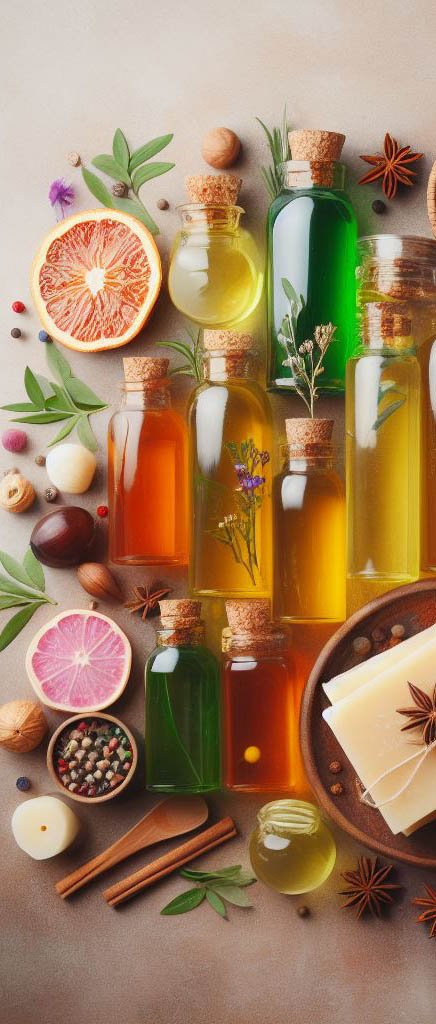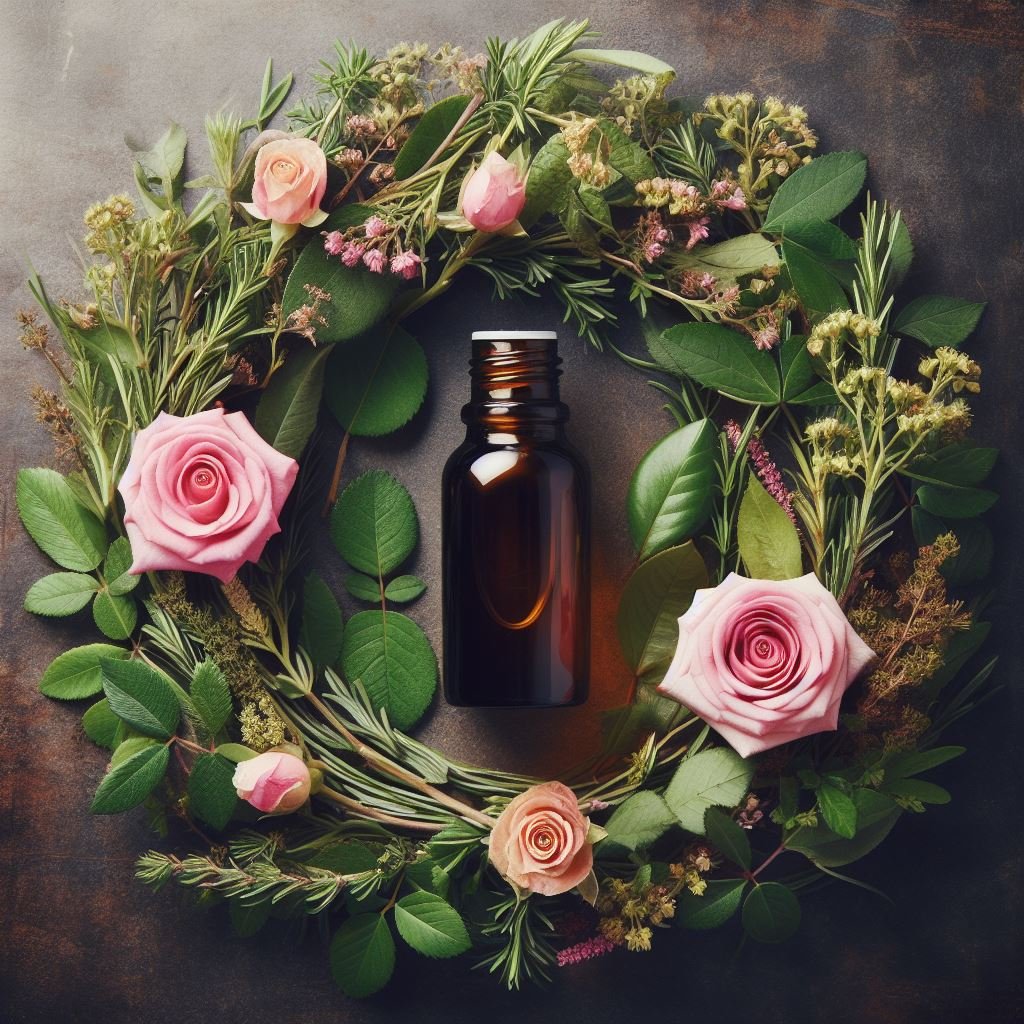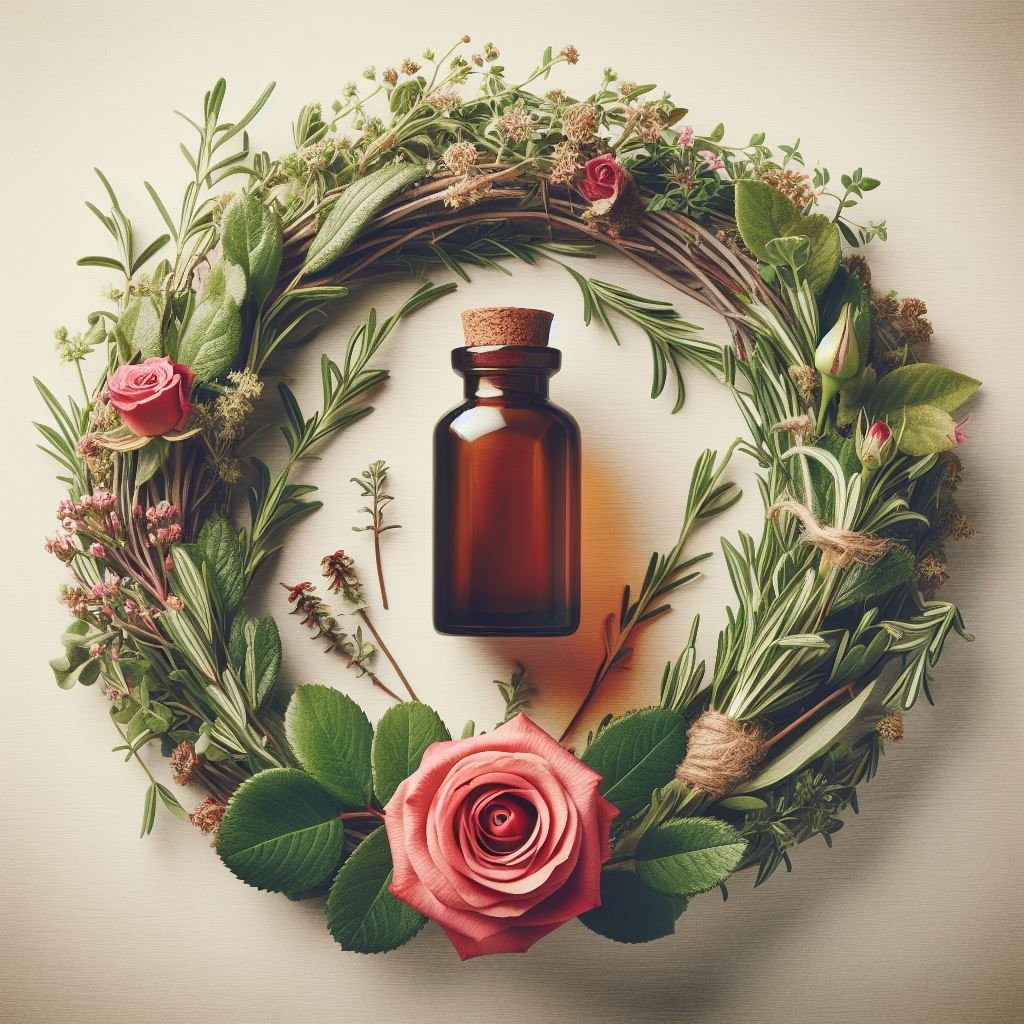What Is Rose Essential Oil?
Delve into the enchanting world of botanical beauty as we unravel the intricate process of obtaining rose oil. Known for its exquisite fragrance and myriad skincare benefits, rose essential oil is a prized essence extracted from the delicate petals of the rose flower. Join us on a journey through the art and science behind obtaining this precious oil, and discover the secrets of nature’s most alluring bloom.
How is Rose Essential Oil Obtained?
“Unlocking the Elegance: The Art of Extracting Rose Essential Oil”
Delve into the enchanting world of botanical beauty as we unravel the intricate process of obtaining rose essential oil. Known for its exquisite fragrance and myriad skincare benefits, rose oil is a prized essence extracted from the delicate petals of the rose flower. Join us on a journey through the art and science behind obtaining this precious oil, and discover the secrets of nature’s most alluring bloom.
The Rose Harvest:
The journey of rose essential oil begins with the careful harvesting of rose blooms. Typically, the Damascus rose (Rosa damascena) and the Bulgarian rose (Rosa alba) are preferred varieties for their high oil content and rich aroma. Harvesting is a meticulous process done by hand to preserve the delicate petals and ensure optimal oil extraction.
Steam Distillation – Nature’s Alchemy:
- Petals Preparation: The freshly harvested rose petals are gathered and carefully sorted. Damaged or discolored petals are removed, leaving only the pristine blossoms for the extraction process.
- Distillation Chambers: The chosen petals are then placed in a still or distillation chamber. This is where the magic happens. Steam is gently passed through the petals, causing them to release their essential oil.
- Vapor Condensation: As the steam carries the volatile compounds from the petals, it rises and moves into a cooling system. Here, the steam is condensed back into water, separating the precious rose oil from the floral water.
- Oil Separation: Due to the difference in density, the rose essential oil naturally separates from the water. The oil, now in its concentrated form, is collected, leaving behind rose water, another valuable byproduct.
Cold Press Extraction – A Gentle Touch:
While less common for rose essential oil, some producers use a cold press extraction method. This technique involves mechanically pressing the rose petals to release the essential oil. Cold press extraction is particularly suitable for delicate flowers like roses, as it avoids the use of heat and preserves the oil’s natural properties.
Absolute Extraction – Capturing Every Nuance:
In certain cases, a method called solvent extraction is employed to obtain a product known as rose absolute. This method involves using a solvent, such as hexane, to dissolve the essential oil from the petals. The solvent is then removed, leaving behind a highly concentrated and aromatic rose absolute.
Quality Matters:
The quality of rose oil is highly dependent on factors like the type of rose, the geographic region, and the extraction method. Premium-quality rose oil is often obtained from roses grown in regions with ideal climates and harvested during the early morning hours when the oil concentration is at its peak.
The journey from the velvety petals of the rose to the exquisite essence of rose oil is a testament to nature’s elegance. Whether through the traditional steam distillation, the gentle cold press method, or the nuanced process of absolute extraction, obtaining rose essential oil is a craft that requires patience, precision, and a deep respect for the delicate beauty of this timeless flower. Embrace the allure of rose oil, a gift from nature that enchants the senses and elevates the art of aromatherapy and skincare.
What is Composition of Rose Essential Oil?
The composition of rose essential oil can vary depending on factors such as the species of rose, the geographic location where the roses are grown, and the extraction method used. However, rose essential oil typically contains a complex mixture of compounds that contribute to its unique fragrance and potential therapeutic properties. Some of the key components found in rose essential oil include:
- Citronellol: A major component of rose oil, contributing to its floral aroma. It also has antimicrobial properties.
- Geraniol: Another significant compound with a sweet, rosy scent. Geraniol is known for its antioxidant and anti-inflammatory properties.
- Nerol: This compound has a sweet and floral scent, adding to the overall fragrance of the oil.
- Nonadecane: A hydrocarbon that contributes to the oil’s composition.
- Farnesol: Known for its sweet, floral scent, farnesol is found in various essential oils and has antimicrobial properties.
- Eugenol: This compound has a spicy, clove-like aroma and is found in trace amounts in rose essential oil.
- Methyleugenol: Present in small amounts, methyleugenol contributes to the overall composition of rose oil.
- Citral: A compound with a lemony scent that is found in small amounts in some rose varieties.
- Phenyl ethyl alcohol: This compound has a sweet, floral, and rosy scent and is a significant contributor to the overall fragrance of rose essential oil.
It’s important to note that the therapeutic properties and aroma of rose essential oil are not solely attributed to individual compounds but rather to the synergistic effects of the entire chemical composition. High-quality rose oil is valued not only for its aromatic profile but also for potential skincare benefits, including anti-aging, moisturizing, and soothing properties. When using rose essential oil, it’s advisable to choose a reputable source to ensure the purity and authenticity of the oil.








